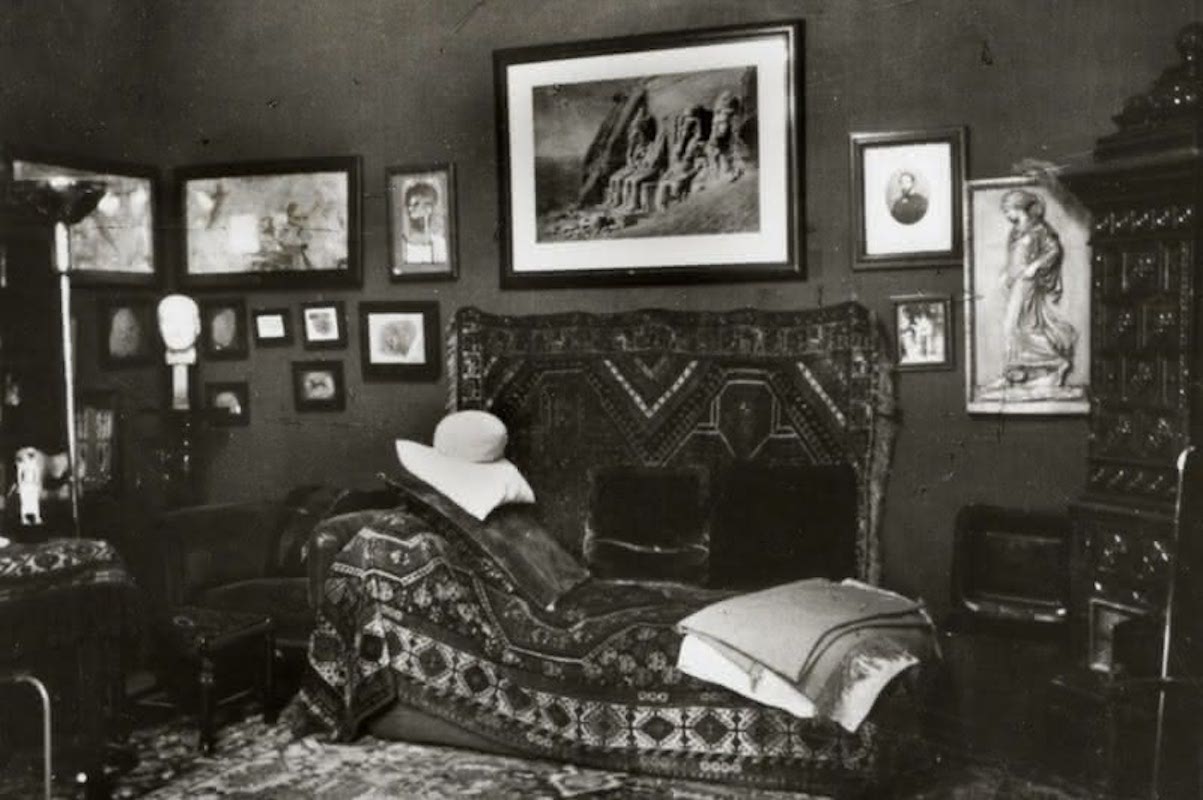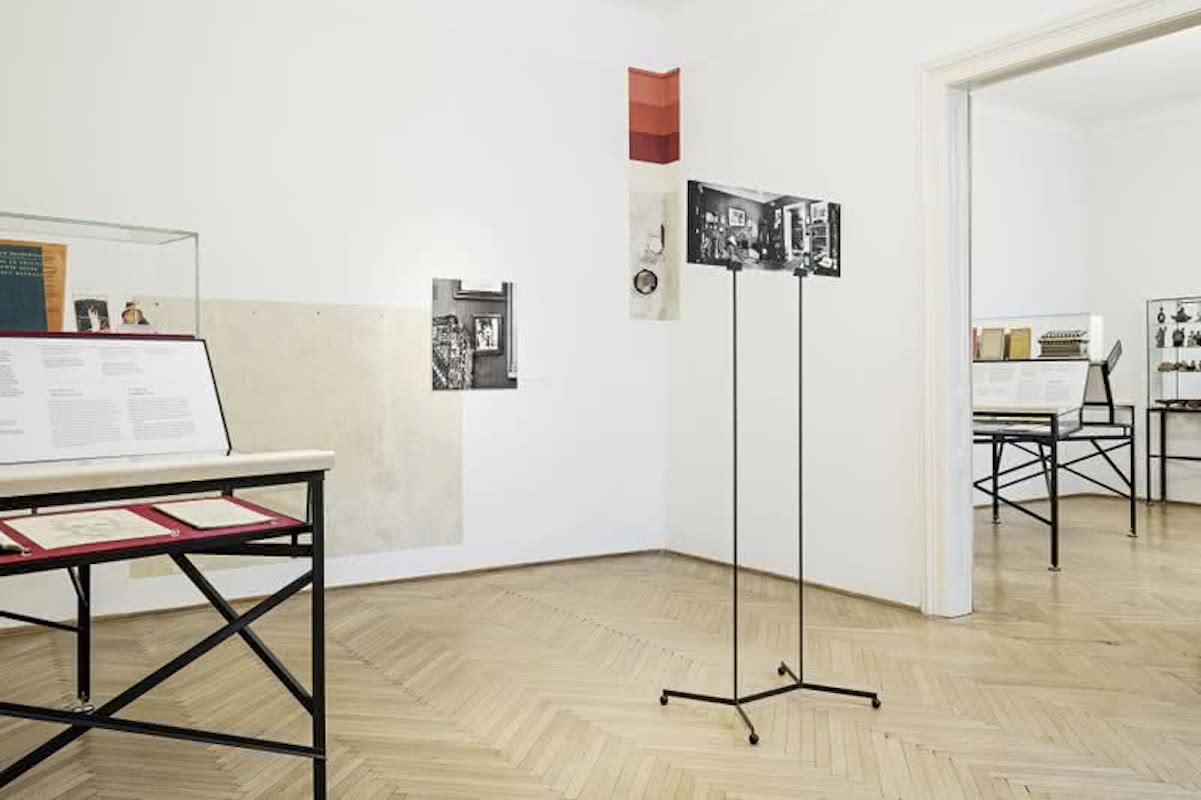This website uses cookies so that we can provide you with the best user experience possible. Cookie information is stored in your browser and performs functions such as recognising you when you return to our website and helping our team to understand which sections of the website you find most interesting and useful.
Tempus explores Vienna’s newly renovated and remodelled Sigmund Freud Museum
By Chantelle Billson | 18 December 2020 | Lifestyle
After 18 months of restoration work the doors of Vienna’s Sigmund Freud Museum are open again, but this time virtually

In 2020, virtual meetings and events have become a necessary part of life. From Zoom meetings with our colleagues to art exhibitions hosted online, embracing these digital times – and adapting to what feels like a new way of life – has become a familiar brush stroke both at home and abroad. Cue the Vienna Tourist Board, which has recently launched a series of livestreams named Vienna Showcase to ensure tourists can continue to enjoy the highlights of the Austrian’s capital’s rich arts and culture via YouTube.
The latest addition to the Vienna Showcase is the opening of one of the city’s most famous addresses, the Sigmund Freud Museum. The museum’s grand reopening, which follows an 18-month restoration and reorganisation, comes in the form of a new virtual guided tour led by the museum’s director, Monika Pessler, and explores the reorganisation of the Sigmund Freud Museum and its partnership with Art Basel Miami Beach, which brings a display of contemporary art into the museum and encourages viewers to think about Freudian analysis and mental health inspired by the seminal works of Freud himself.
The Sigmund Freud Museum is located at Berggasse 19, Vienna, where Freud lived and worked from 1891 to 1938 – it was here that Freud wrote many of his famous works, including the Interpretation of Dreams in 1899.
The museum’s renovation has not just introduced more space for visitors to explore exhibitions but, for the first time, Freud’s private rooms have been made accessible to visitors. Pessler explains: “The new concept of the museum has different layers to show the history of the building and visually explain the psychoanalysis that took part in each room. The main interest was to open the house up to show all the different layers, which has [almost] doubled the space from 280 sq m to more than 500 sq m. The different levels portray the different concepts of psychoanalysis and the staircase focuses on the history of the house and its inhabitants”.

Upon entering the museum on this virtual guided tour, Pessler shows that on the right side you can enter to access Freud’s former private apartment or, on the left, you can enter his professional practice. Pessler rings a bell and steps left into Freud’s apartment, where we are shown around an original looking room featuring a wardrobe which is dedicated to showcasing his early years and autobiographical studies. The next room is the Gentleman’s Saloon – a new concept that follows a main red line connecting items and contents featured in the presentation. In “The Centre of Dreams” – Freud’s former sleeping room – viewers can watch a film depicting Freud’s room as it used to be, and his The Interpretation of Dreams.
The intimate space of the former bathroom and dressing room of the Freud family gives viewers the chance to experience a more personal side of the psychoanalyst’s life. The chronology and biographies of the family alongside photos collected by Anna Freud (the Austrian-British psychoanalyst and youngest child of Freud and Martha Bernays) adorn the dressing room walls.
A big change is seen in the reorganising of the private apartment’s kitchen, which has been moved to implement a new staircase. “This new staircase showcases a very important aspect, which is inscribed into the history of the house. After Freud left Vienna, Nazi’s changed the function of the apartments and they erected so-called 'collection apartments', where Jews were prisoned before going into concentration camps,” explains Pessler.
Perhaps the most famous room on the tour is Freud’s waiting room, where not only his patients sat before and after their appointments, but where his famous Wednesday Psychological Society met each week.
Another change to the museum is in Freud’s study, where he saw his patients. Perhaps one of the most famous pieces of furniture of the 20th Century was Freud’s psychoanalytic couch, where patients would recline during their sessions. The original couch was among the possessions Freud took with him into exile in London in 1938, and now an empty space remains to mark where it would have been.

“Freud was lucky enough to take all his belongings with him when he was forced to go to his exile in London, including his iconic psychoanalytic couch. This spot [in the museum] now remains empty as a metaphor of the loss of humanity and culture [a result of persecution] throughout the Second World War and the Holocaust. Only nails remain on the wall where Freud once pinned a piece of carpet behind his couch,” says Pessler. A model of the couch and carpet can still be seen on the museum’s website.
The museum’s renovation includes three new permanent exhibitions and two contemporary exhibitions that convey Freud’s diverse cultural heritage. Contemporary art by renowned artists such as John Baldessari, Pier Paolo Calzolari, Susan Hiller, Ilya Kabakov and Franz West can be seen can be seen in Freud’s surgery.
The new exhibition presents the Sigmund Freud Museum not just as Freud’s home and workplace, but also brings light to the deep-rooted history of the building itself. The virtual exhibition beautifully portrays Freud’s work, life and beliefs in a way that is humbling and addictively engaging – and almost as good as being there.







